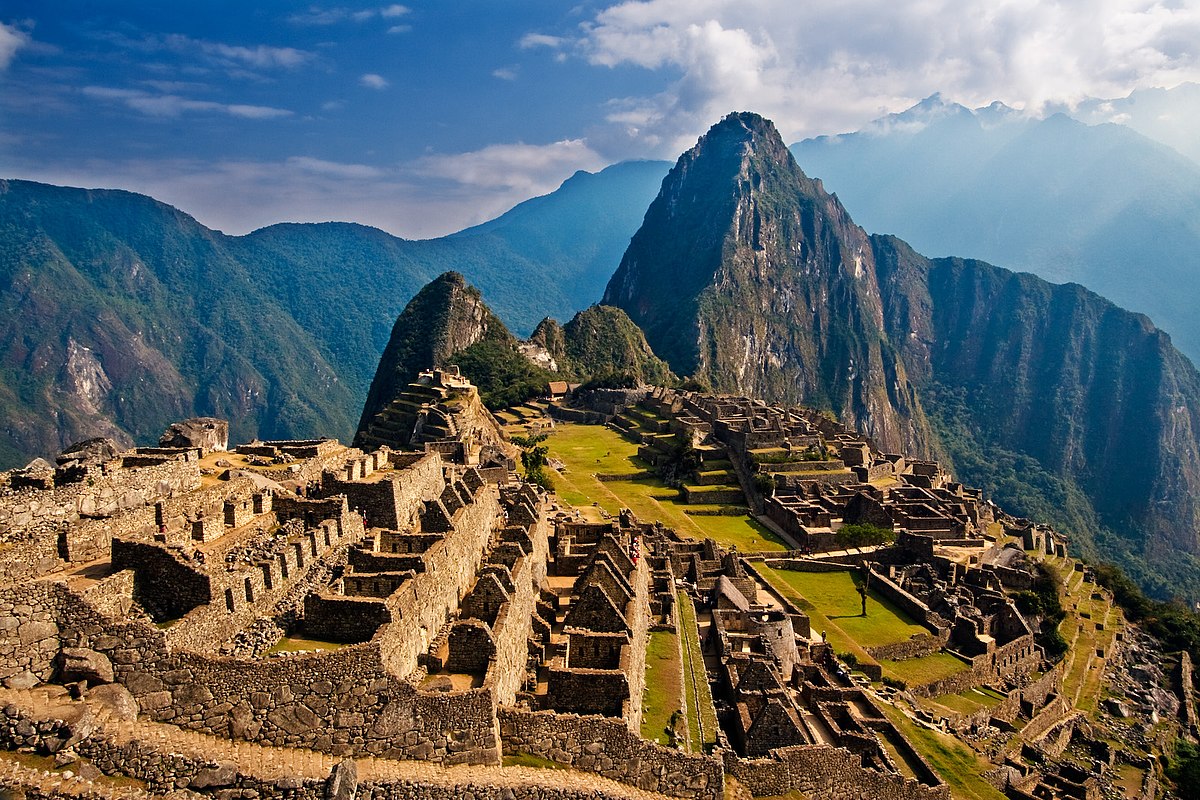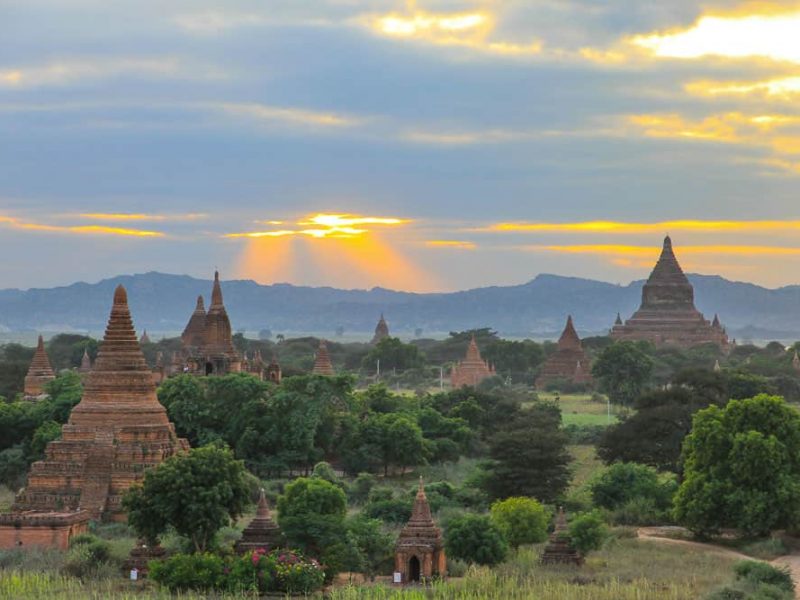The “lost city”, the “last refuge of an ancient civilisation”, the “city in the clouds”: the ancient Inca city of Machu Picchu in Peru is a household name. Relatively well preserved after the destruction by the Spanish colonialists, it has become a world tourism landmark and an inexhaustible source of interest for scientists from all over the world. Situated some 2,500 metres above sea level, Machu Picchu takes its time to hide its secrets and is a particular magnet for travellers.
The history of Machu Picchu
Machu Picchu was built in the mid-15th century, at the height of the great Inca Empire that stretched from the northern borders of Ecuador to present-day Santiago in the south. The expansion of the conquistadors in the 16th century caused the inhabitants of Machu Picchu to abandon their homes and flee north to the tropical forests where the last Inca stronghold, Vilcabamba, was located. Legend has it that Machu Picchu was magically emptied the same night the Spaniards landed on the shores of Latin America. Until the early 20th century, the ancient city remained forgotten and abandoned until an American professor, Hiram Bingham, embarked on a new expedition through Latin America in search of the legendary Inca gold. For the past four centuries, the memory of the mountain city had faded and no one knew where Machu Picchu was. Locals helped find the remains of the Inca settlement, and so, in 1911, Machu Picchu was rediscovered to the world. To Mr. Bingham’s dismay, there was no gold or other valuables in the city. Scholars still disagree as to whether the Incas took their treasures themselves, saving them from the Spanish, or whether Machu Picchu was looted by smugglers during the forgotten era. And while adventurers hope to find unimaginable riches, we had the chance to touch history in one of the most fascinating places on the planet.
Mysterious Inca city of Machu Picchu is older than previously thought
An international, interdepartmental team of scientists has radiocarbon dated burials previously found at Machu Picchu and determined that the Inca citadel was built earlier than previously thought.
Scientists have established the true age of the mysterious city of Machu Picchu.
It was built in Peru on top of a mountain range 2,400 metres above sea level. The city overlooks the Urubamba river valley. In 2007 it was awarded the title of New Wonder of the World.
Machu Picchu is believed to have been an Inca citadel and was originally built as an estate for the emperor Pachacuti near the Sacred Valley. Historical records suggest that the great Pachacuti emperor, Inca Yupanqui, came to power in 1438 AD and ruled until 1472. He extended the borders of the state, conquering the regions surrounding the Kingdom of Cuzco. The latter gradually declined until it became the Inca Empire.
Based on this data, scholars believed that Machu Picchu was founded after 1440 AD, perhaps only in 1450. However, a new study questions this hypothesis. Scientists have applied accelerated mass spectrometry (AMS), an advanced form of radiocarbon dating, to Machu Picchu for the first time, allowing them to date human remains with great precision.
A total of 26 burials previously found in three cemeteries at Machu Picchu were chosen for the study. Analysis using the AMS method showed that people had arrived there as early as 1420, and that the city itself had been inhabited until 1530 AD. The Spanish invaded the Inca Empire around the same time.
The authors of the paper concluded that Machu Picchu was founded 20 years or more earlier than previously thought. This discovery sheds new light on the very history of the creation of the Inca Empire. After all, it can now be assumed that Pachacuti ascended the throne and began his conquests much earlier than commonly accepted theory and historical records claim.
“The results show that the discussion of the development of the Inca Empire, based primarily on the records of the colonisers, needs to be revised,” says Yale University professor Richard Burger. – Modern radiocarbon methods provide a better basis for understanding Inca chronology than the conflicting historical record.
Machu Picchu is one of the most famous archaeological sites in the world, he says. So it is even surprising that no one has done radiocarbon dating here before.
And the whole story of this mysterious (it remains a mystery how they managed to erect this city at such a height, in a place that is difficult to access) city is based solely on contradictory historical accounts written by the Spanish after the abandonment of the citadel.
In fact, the first study on Machu Picchu based on laboratory-confirmed data was presented to the scientific community. And it has immediately led to a revision of the history of this city.
Interesting facts about Machu Picchu
Nobody knows the real name of the city. The locals nickname the Inca ruins Machu Picchu, meaning “the old mountain”. Huayna Picchu means “young mountain”.
The city, which housed more than a thousand people in almost two hundred houses, was built in the shape of a condor, one of the sacred animals of the Incas.
101 years after the discovery of Machu Picchu, in 2012, archaeologists found underground rooms with a secret passage leading to them. It is believed that the famous Inca gold was stored there.
You may also like:



